How many players on a soccer team? The Answer & FAQ
There is no denying that soccer is the most attractive sport on the planet today. The proof is that there are dozens of soccer leagues around the world. You can even find a lot of games inspired by this sport, for example FIFA – a very popular soccer game. In this article, you will find the correct answer to “How many players on a soccer team?” and related questions.
Contents
How many players on a soccer team?
According to the laws of fifa, the number of players playing on the soccer field is eleven players (excluding substitutes). A minimum number of players required to constitute a team, which is seven. In addition to the official players, the substitutes can replace the main players with the consent of the coach.
How many players are on a soccer field?
In a match, each soccer team needs to ensure that there are at least seven players to continue playing on the soccer field. That means that if a soccer team has less than seven players on a soccer match and runs out of substitutions, that team will lose in all cases, even if that team is in the lead.
To avoid this situation, players need to limit being sent off the field by complying with the laws of the game.
View more: Best soccer players of all time
Position of players in a soccer team
After getting the answer to “How many players on a soccer team?”, you need to have a clear understanding of the positions in a soccer team.
In the playing lineup of a team, there will be positions including goalkeeper, defender, central defender, sweeper, full-back, attacking defender, midfielder, central midfielder, striker, etc. Each position will take on a different role. However, the soccer rules do not have specific regulations on these positions.
11 players competing on the soccer field must be divided to take on the following 4 positions:
1. Goalkeeper
In a soccer team, any player has a very important role. However, among the 11 players who played officially on the soccer field, the goalkeeper is a very important player who is responsible for defending the team goal.
A goalkeeper is a player in a defensive position who is responsible for protecting the goal from the opponent’s ball. The goalkeeper is also the only player who has the right to use the ball with his hands during the game. However, goalkeepers are only allowed to use their hands in the penalty area.
Goalkeeper is the only player allowed to touch the ball in the penalty area.
A soccer team is required to have a goalkeeper appear from the beginning to the end of the game. In addition, the goalkeeper is also a person with a different shirt color from the rest of the team to make the distinction easier. The goalkeeper always wears the number 1 shirt.
Related: Women’s world cup standings
2. Defender
Defender is an important position in all team strategies of coaches. Usually, each team will have 2-3 defenders. The task of these players is to help build the team’s defense to protect the goal as well as prevent the opposing players. Defenders in a team can be divided into the following positions:
- Center-back
The player in the center position is responsible for preventing the opponent’s attacks, preventing the opponent’s player from putting the ball into the penalty area.
If necessary, the central defender will compete for the ball and assist in moving the ball away from the goal.
- Sweeper
Considered the deepest position in the defense of a team. These players are responsible for blocking the ball line from the opposing player if the central defender cannot do it.
- Full-back
The players who take up positions on the left and right sides of a team. The main task of these players is to get the ball out of the penalty area, block the opponent’s ball and prevent dangerous attacks. In general, the role of full-backs is similar to that of center-back.
- Attacking defender
This position has the main task of attacking. These players can play in many positions and can score goals just like strikers. However, the scoring rate of attacking defenders is usually very low.
How many players are on a soccer team?
3. Midfielder
Midfielders are players at the center of a team. The main task of these players is to compete for the ball and pass the ball to the attacker to score a goal. This is an extremely difficult task, so not every player can take on this position. Coaches often choose players with good skills to take charge of this position.
Midfielders are usually divided into the following positions:
- Central midfielder
Central midfielders can move in many positions on the field, so these players always have to be physically fit.
Their main task is to create attacks to support the striker to score. However, in some cases, these players have to retreat to the defense according to the tactical direction of the coach.
- Defensive midfielder
In a team, the defensive midfielder has the same duties as the central midfielder. Their main task is to support the defense.
- Attacking Midfielder
These players have to move constantly. They need good observation skills to analyze the situation and the direction of the ball.
- Winger
These players play on the left and right flanks of the field. They have the role of blocking the opponent’s attacks and strengthening the team’s defence.
4. Striker
Strikers are the players with the greatest chance of scoring. Some of the most professional strikers in the world are Messi, Ronaldo, Mauro Icardi, Roberto Firmino, Luis Suarez, Robert Lewandowski, and more.
About the number of players are allowed in substitutions in a soccer match
In addition to the 11 players who play officially on the field, all teams have substitutes. They are players waiting outside the field to be ready to replace teammates when ordered from the coach.
According to the soccer rule, in professional football matches, each team will be allowed to register a maximum of 7 substitute players. However, the maximum number of substitutions is 3.
For friendly football matches, each team is entitled to substitute up to 7 players. There are even friendly matches with no limit on the number of player changes.
For some leagues such as the World Cup, each team must register twenty-three players. However, just eighteen players are on the list. The remaining five players have no names on the list and have to sit in the stands or in the team’s own area.
In addition to the 11 players who play officially on the field, all teams have substitutes.
A player will be substituted when:
- As specified by the coach.
- He suffered a serious injury.
- Got a direct red card.
- Got a yellow card twice. (2 yellow cards equals 1 red card).
How many referees are there in a professional soccer game?
In sports matches, the referee has a very important role, and soccer is no exception.
1. How many referees in a professional soccer game?
According to competition rules, the number of referees in a match is 4 people including: 1 referee, 2 linesmen and 4th official.
In the 2009 Europa League season, FIFA applied the model of 05 referees (additional 01 referee at the goal line near the goal). After 2010, FIFA applied the model of 06 referees. In addition to the same 04 referees, there are 02 more referees at 02 horizontal lines near the goal.
Thus, depending on the league, there may be four or six referees in a soccer game.
In sports matches, the referee has a very important role, and soccer is no exception.
2. What are the rights and duties of referees?
In fact, each referee will take on different duties and roles.
- Referee
Power:
Decide on violations, give penalties on the field.
Pause and postpone the match when any factors affect.
Directly requesting violators to leave the playing area (players, coaches, spectators, etc.)
Mission:
Comply with all football rules.
Be fair in all decisions.
Check the field and soccer ball before the game starts.
Ensure that the players’ uniforms are in accordance with the regulations.
Keep track of game time.
Ensure injured players receive prompt care.
Consult other referees when unable to make decisions on their own.
- linesman
Power:
Assist the referee in the enforcement of football rules.
Giving opinions to support the referee when necessary.
Decide which team is entitled to a throw-in or a corner kick.
In penalty kick situations, the linesman can enter the field to assist in controlling the 9m15 area.
Mission:
Assist the official referee to identify situations where the ball goes out of the goal line.
Giving personal opinions to assist the referee when necessary.
Observe and point out violations to the referee.
- 4th Official
Power:
Assist the referee in enforcing football rules during matches.
Giving opinions to support the referee when necessary.
Mission:
Manage substitutions of teams and announce injury time.
Support the referee to observe the situations on the field and give opinions when necessary.
FAQs
1. What is the maximum number of yellow cards a player can receive?
According to laws of the game, the maximum number of yellow cards a player can receive in an official soccer match is 2. When a player receives the second yellow card, he will be sent off the field immediately.
2. What causes a player to get a yellow card?
When you have the question “How many players on a soccer team”, you will also want to get the answer “What causes a player to get a yellow card?”
A player may receive a yellow card for some reasons. That player has offensive behavior.
- Continually breaking the rule.
- Not standing in the right position.
- Take actions to delay the game.
- Resisting the Referee.
- Disagreement by actions or words.
- What if a player cannot continue playing while his team runs out of substitutions?
In that case, his team will have to accept the lack of players.
Conclusion
Hopefully, through this article, you received more than just the answer to “how many players are on a soccer team?” or “how many soccer players on field” Soccer is magical, isn’t it?

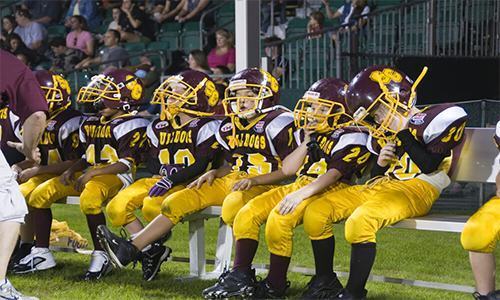

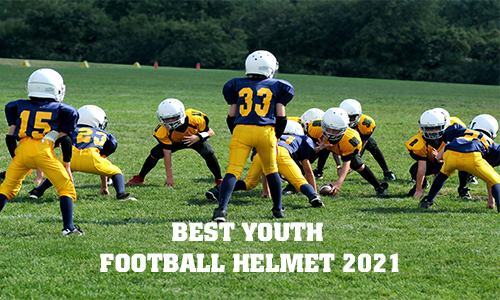
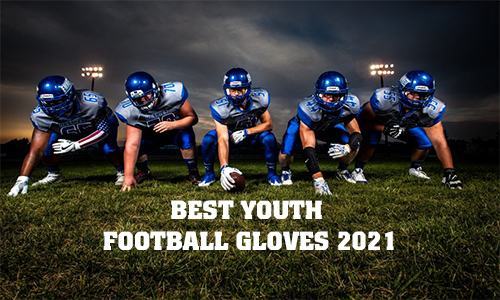
![[Top Rated] 10 best football gloves with best grip 2025 5 best football gloves 2021](https://www.scottfujita.com/wp-content/uploads/2021/03/best-football-gloves-2021.jpg)
![[Lastest Update] Top 10 Best Soccer Cleats For Kids 2025 6 Best soccer cleats for kids scott fujita](https://www.scottfujita.com/wp-content/uploads/2021/03/Best-soccer-cleats-for-kids-scott-fujita.jpg)



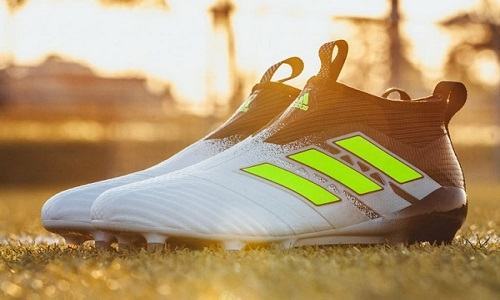
![[Top-Rated] The Best Basketball Shoes For Ankle Support 2025 11 best basketball shoes for ankle support scottfujita](https://www.scottfujita.com/wp-content/uploads/2021/07/best-basketball-shoes-for-ankle-support-scottfujita.jpg)




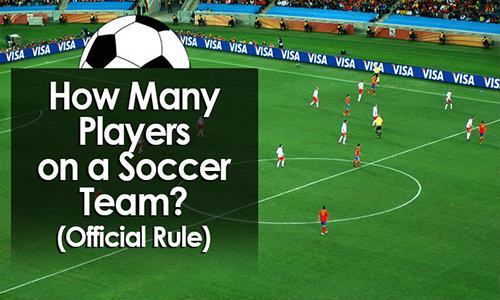







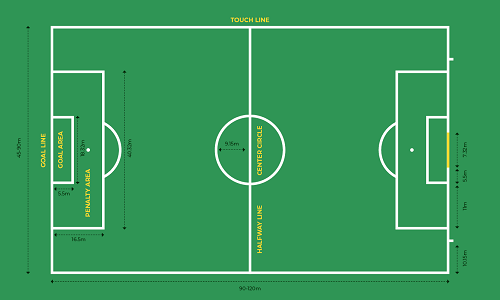
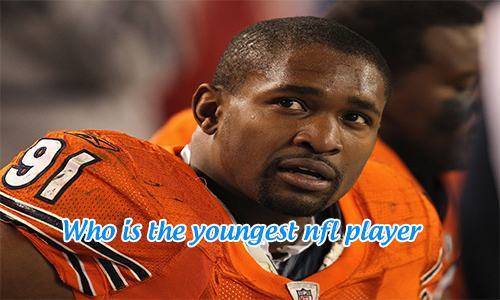
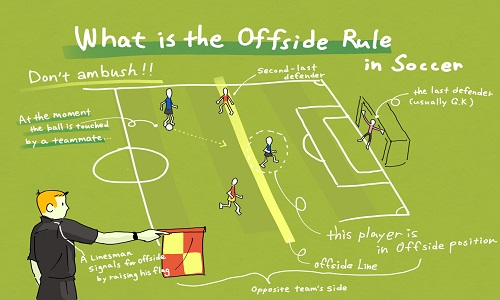
![What Are The 5 Positions In Basketball? [And Their Roles] 38 what are the 5 positions in basketball scottfujita](https://www.scottfujita.com/wp-content/uploads/2021/10/what-are-the-5-positions-in-basketball-scottfujita.jpg)
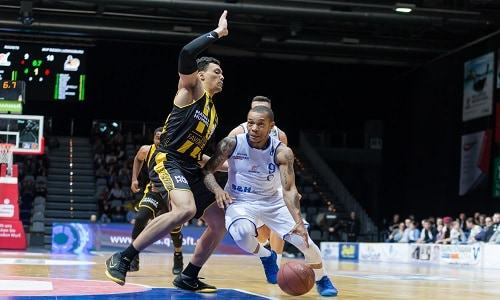

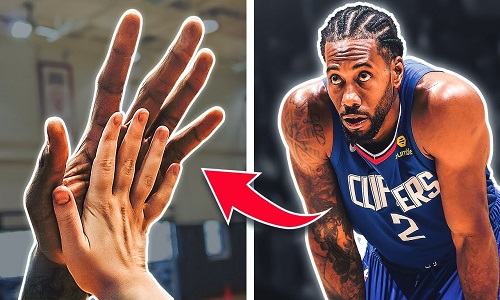



![Top 10 Best NBA Centers Of All Time [2024 Updated] 45 best nba centers of all time scottfujita](https://www.scottfujita.com/wp-content/uploads/2021/12/best-nba-centers-of-all-time-scottfujita.jpg)
![The Best Football Mouthguard 2024 [Reviewed & Compared] 46 best football mouthguard scottfujita](https://www.scottfujita.com/wp-content/uploads/2021/10/best-football-mouthguard-scottfujita.jpg)